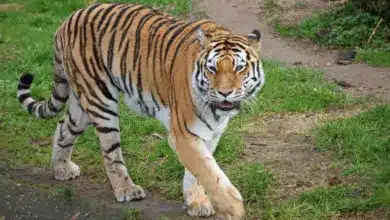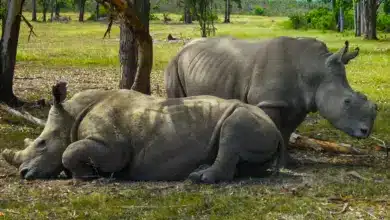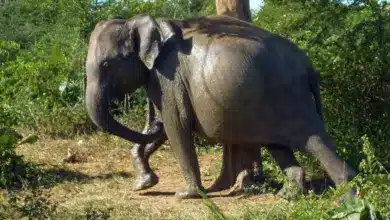What is an Endangered Species?
What Do We Mean When We Say A Species Is Endangered?
The term “endangered species” is one that we frequently hear in the media as well as in everyday conversation. It could be said—and often is—that all species on earth are endangered because of the serious environmental challenges our planet faces. Some people even say that the human race is “endangered” because of the threat of widespread war, the possibility of a pandemic (a terrible disease outbreak) or a global famine, as well as every other conceivable serious problem that could result from living on a crowded, technology- and energy-dependent planet.
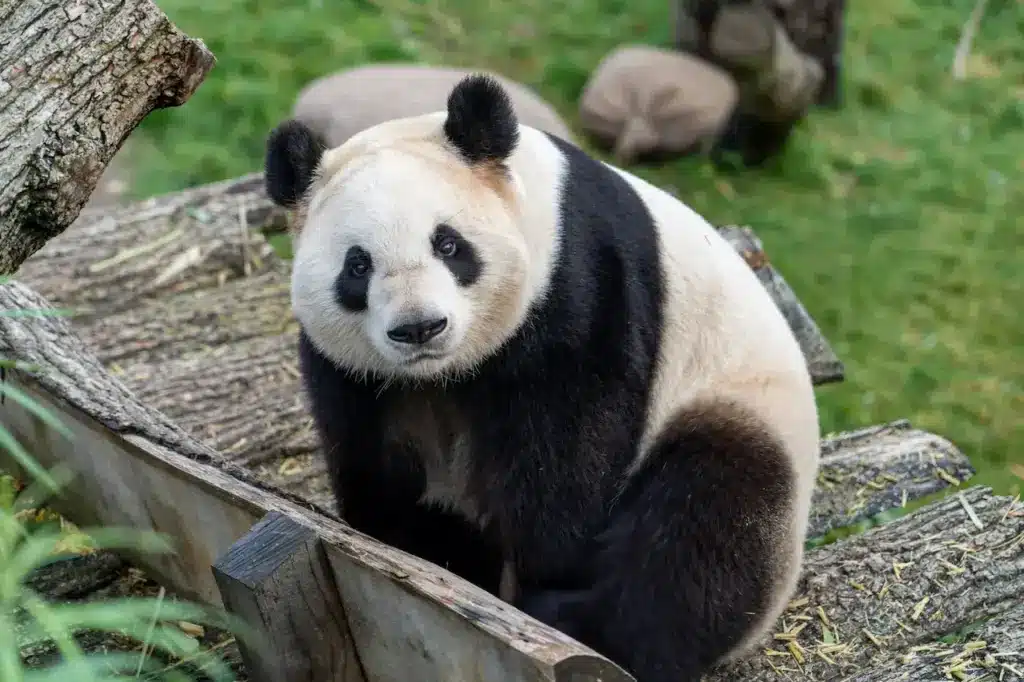
People who say such things may have some valid points. However, when conservationists use the word Endangered—note the capital E—they mean something very specific. They are talking about an animal or plant species that has been scientifically determined to be disappearing at a rate that is likely to result in its extinction in the near future.
When the population of any species of animal or plant declines, it is almost always a cause for concern. However, a population decrease does not necessarily mean that the species is Endangered—or even Threatened, which is the next most-serious conservation-status designation. Conservation status depends on how quickly a plant or animal and its habitat are disappearing, rather than on the simple fact the species is in decline. The reason for these classifications is to help governments and conservationists determine what regulations need to be enacted, as well as where and how to employ money, personnel, and other scarce conservation resources.
Designating a plant or animal as officially Endangered or Threatened also helps alert the public to the species’ plight, and encourages people to cooperate with the conservation effort.
Internationally, the organization responsible for determining the conservation status of a species is the International Union for the Conservation of Nature (IUCN). The IUCN publishes status and other information on thousands of species in its Red List of Threatened Species.
IUCN official designations include Extinct, Extinct in the Wild (meaning that some individuals remain in captivity), Critically Endangered, Endangered, Threatened, Vulnerable, Near Threatened, and of Least Concern. A good example of how the IUCN determines a status lies in its designation of two gorilla species. One species, the mountain gorilla, has a remaining population of fewer than 1,000 individuals. Meanwhile, the western lowland gorilla has a population of more than 90,000. However, the lowland gorilla is listed as Critically Endangered because of the rate at which it is disappearing—its population has declined by 80 percent in less than a quarter century. The mountain gorilla, meanwhile, is “only” listed as Endangered because its population is stable and even seems to be increasing a bit.
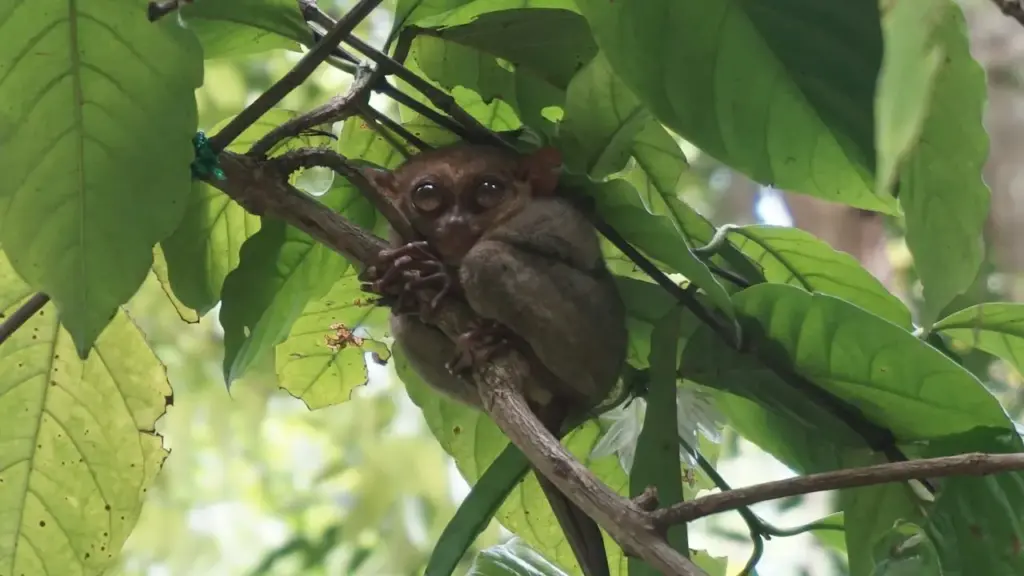
Most national governments also keep lists of Endangered and Threatened species that occur within their borders—and these more local designations may or may not be the same as the ones published by the IUCN. The responsibility for maintaining the list of species protected by the U.S. Endangered Species Act (ESA), as well as for doing the actual work of protection, lies with the U.S. Fish & Wildlife Service. ESA conservation-status designations are simpler than the ones used by the IUCN: species are listed either as Endangered or Threatened.
Canada’s Endangered Species list is called the Species At Risk Public Registry. In Great Britain, Endangered and Threatened species are listed under the U.K. Biodiversity Action Plan. The name of Australia’s Endangered animals list is a real mouthful: It’s the Environmental Protection and Biodiversity Conservation Act List of Threatened Fauna.
In the U.S. the individual states also keep their own Endangered Species lists in order to afford protection to plants and animals that face serious challenges within their borders. Texas, New York, and California are just three of states that maintain extensive lists of locally Endangered or Threatened plant and animal species.
